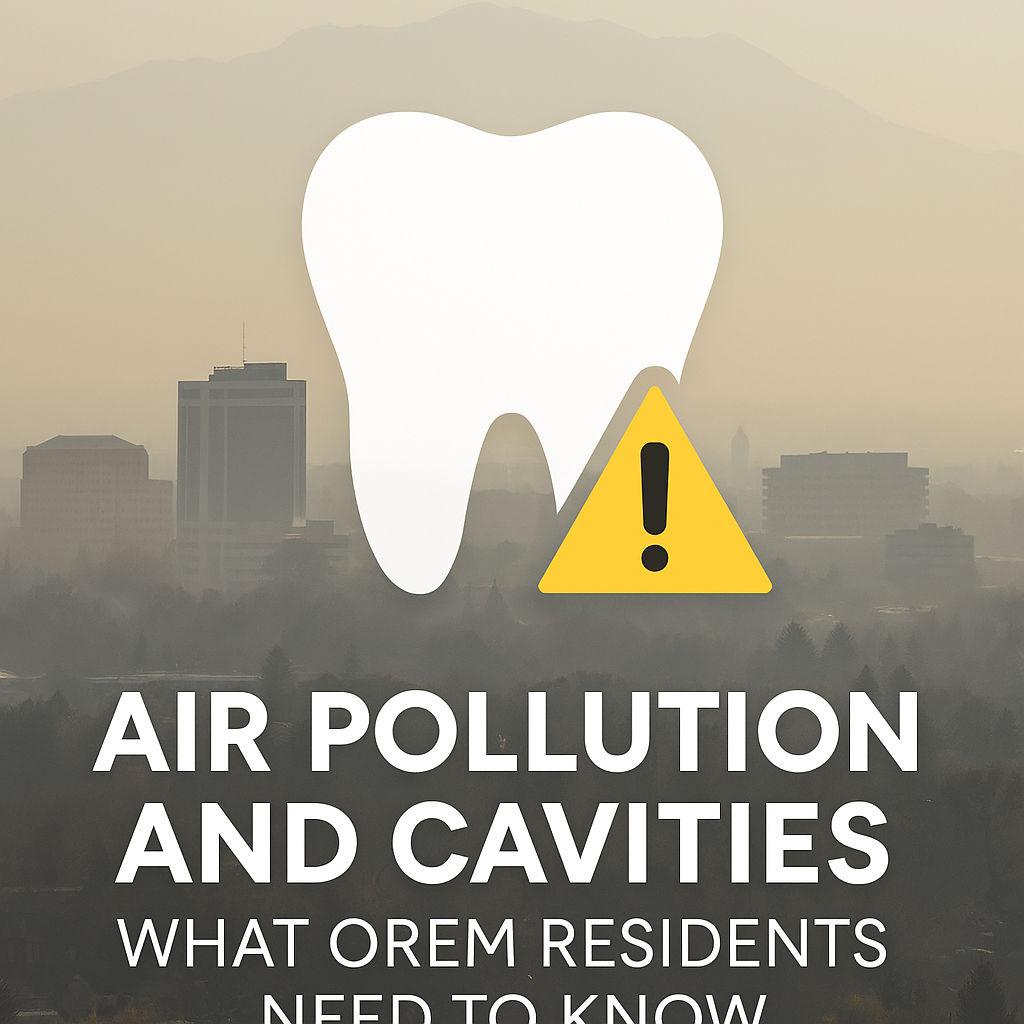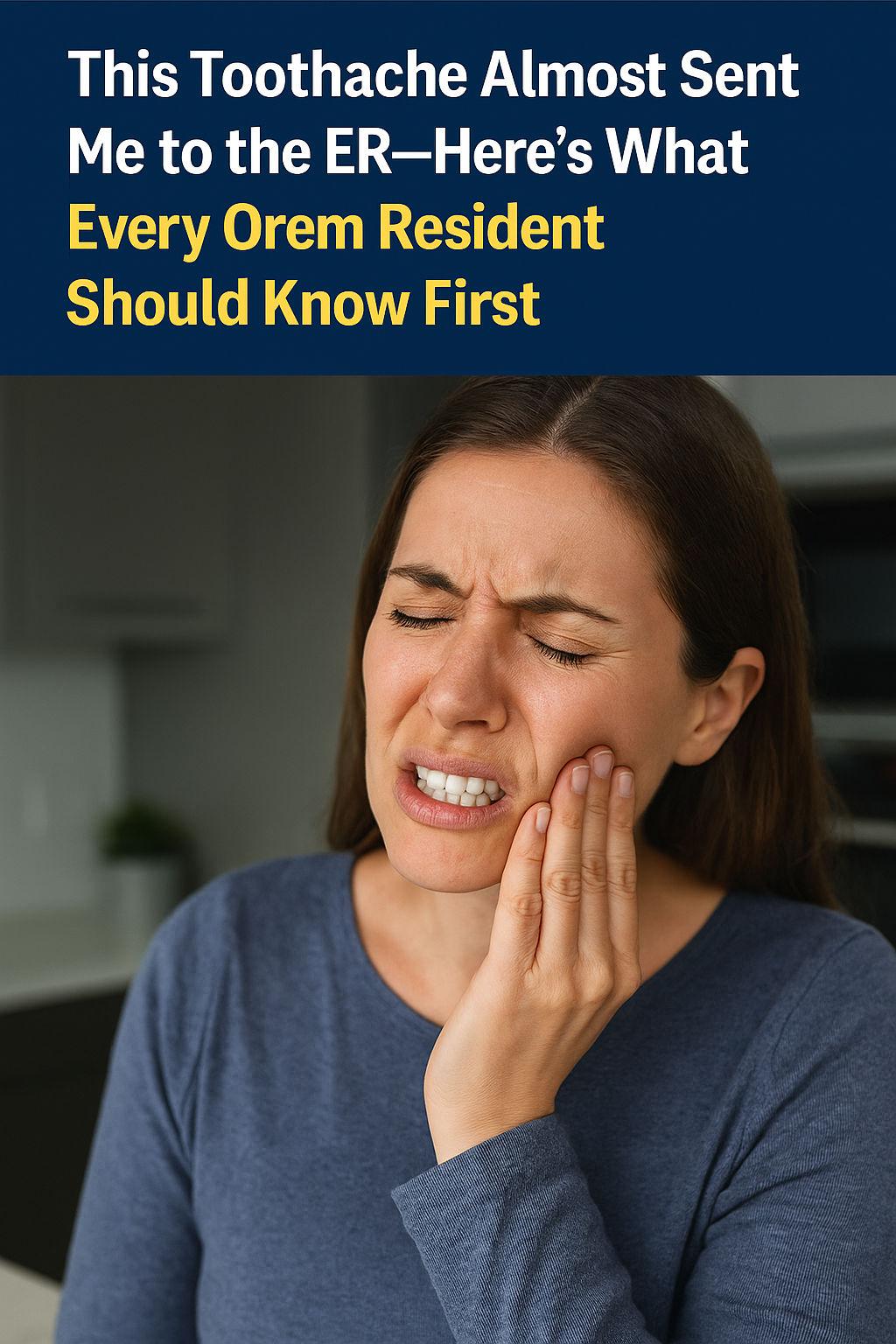Dental emergencies can happen when you least expect them, causing pain, discomfort, and anxiety. Knowing how to handle common dental emergencies can make all the difference in minimizing damage and relieving discomfort until you can see a dentist. In this comprehensive guide, we’ll discuss some of the most common dental emergencies, including toothaches, chipped or broken teeth, and knocked-out teeth, and provide practical tips for handling them effectively.
Toothaches
Toothaches are a common dental emergency that can range from mild discomfort to severe pain. If you experience a toothache, follow these steps:
- Rinse your mouth with warm water to clean the area.
- Use dental floss to gently remove any food particles or debris that may be trapped between your teeth.
- Take over-the-counter pain medication, such as ibuprofen, to help relieve pain and inflammation.
- Apply a cold compress to the outside of your cheek to reduce swelling and numb the area.
- Contact your dentist as soon as possible to schedule an appointment.
Chipped or Broken Teeth
Chipping or breaking a tooth can be a scary experience, but knowing what to do can help minimize damage and prevent further injury. If you chip or break a tooth, follow these steps:
- Save any broken tooth fragments and rinse them with warm water.
- Rinse your mouth with warm water to clean the area.
- Apply a cold compress to the outside of your cheek to reduce swelling and numb the area.
- Contact your dentist immediately for an emergency appointment.
- If the tooth is sharp or jagged, cover it with dental wax or sugarless chewing gum to protect your tongue and cheeks from injury.
Knocked-Out Tooth
A knocked-out tooth is a serious dental emergency that requires immediate attention. If you knock out a tooth, follow these steps:
- Pick up the tooth by the crown (the part that is normally visible in the mouth) and avoid touching the roots.
- Rinse the tooth gently with water to remove any dirt or debris, but do not scrub or remove any attached tissue fragments.
- If possible, try to reinsert the tooth into its socket and hold it in place by gently biting down on a clean piece of gauze or cloth.
- If you cannot reinsert the tooth, place it in a container of milk or saline solution to keep it moist.
- Contact your dentist immediately for an emergency appointment. Time is of the essence when it comes to saving a knocked-out tooth, so act quickly.
Lost Filling or Crown
Losing a filling or crown can be uncomfortable and leave your tooth vulnerable to further damage. If you lose a filling or crown, follow these steps:
- Rinse your mouth with warm water to clean the area.
- If you still have the filling or crown, try to reposition it on your tooth temporarily using dental adhesive or sugarless chewing gum.
- Avoid chewing on the affected tooth until you can see your dentist.
- Contact your dentist as soon as possible to schedule an appointment to replace the filling or crown.
Abscessed Tooth
An abscessed tooth is a serious dental infection that requires prompt treatment to prevent complications. If you have an abscessed tooth, follow these steps:
- Rinse your mouth with warm saltwater to help reduce swelling and draw out infection.
- Take over-the-counter pain medication, such as ibuprofen, to help relieve pain and inflammation.
- Apply a cold compress to the outside of your cheek to reduce swelling and numb the area.
- Contact your dentist immediately for an emergency appointment. Abscessed teeth require professional treatment, including drainage of the abscess and possibly antibiotics to clear the infection.
Conclusion
Knowing how to handle common dental emergencies can help you stay calm and composed in stressful situations and minimize damage to your teeth and gums. Remember to contact your dentist as soon as possible for further guidance and treatment following a dental emergency. With the right knowledge and preparation, you can handle any oral health crisis with confidence and ease.





